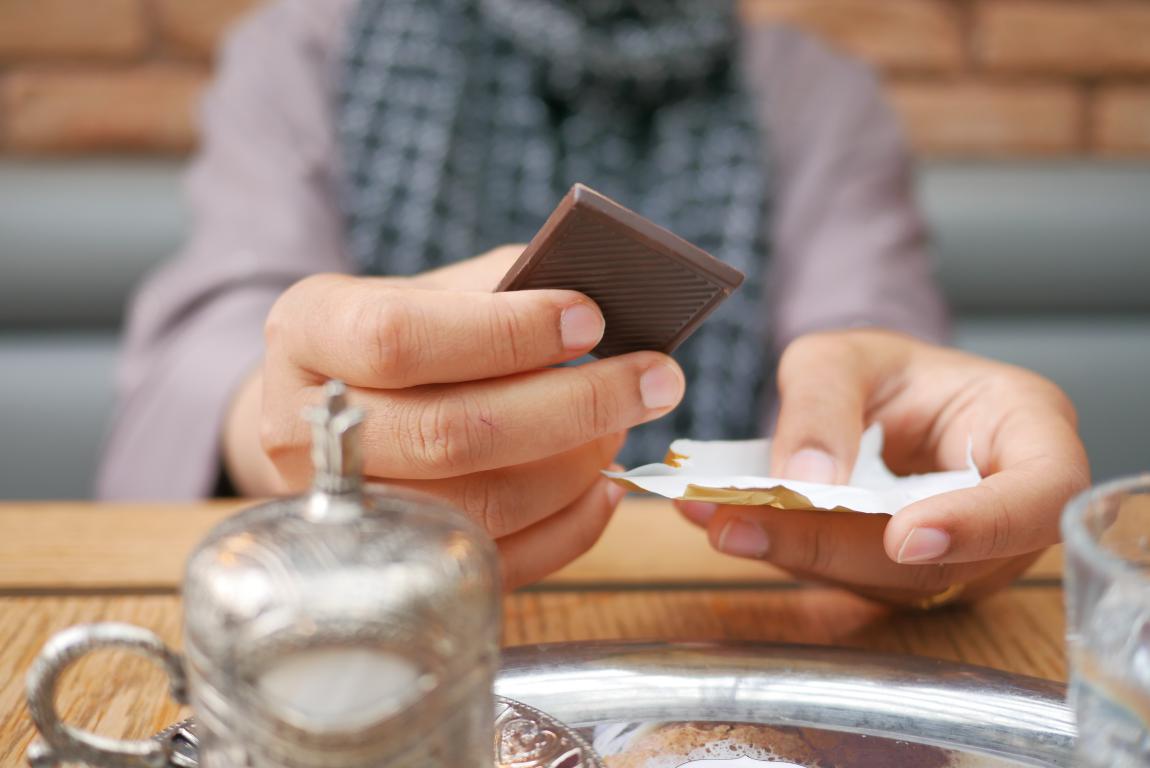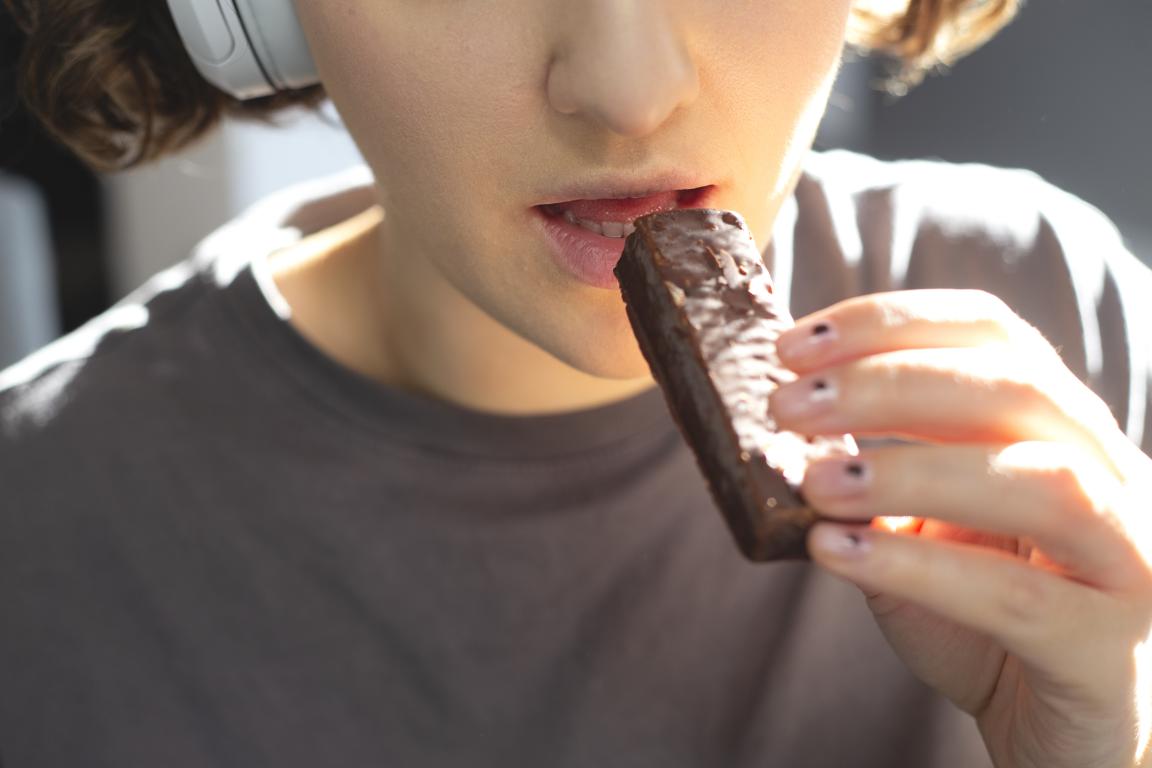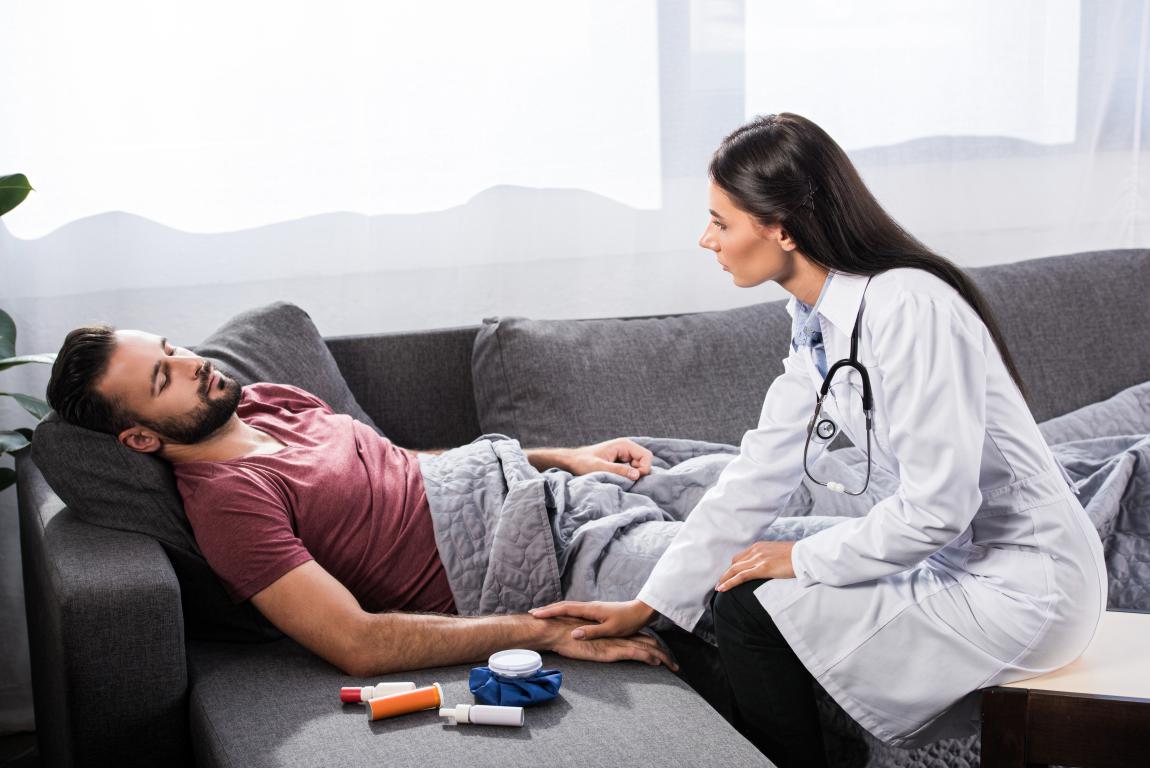Bio-degradable cards
Every card imaginable!
|
Bio-degradable cards Every card imaginable! Hypoglycaemia Causes Symptoms Management and the Role of a Medical ID Card
Understanding Hypoglycaemia: Common Questions AnsweredHypoglycaemia, commonly referred to as a “hypo,” is a condition where blood glucose levels drop below the normal range, which can impact daily life significantly. Here, we answer some of the most frequently asked questions about hypoglycaemia to give you a clearer picture of its causes, symptoms, and management. 
Causes and Risk Factors of Hypoglycaemia
What is hypoglycaemia, and what causes it?Hypoglycaemia occurs when blood glucose levels fall below 4 mmol/L, which is lower than what’s needed for the body to function properly. This can happen due to several factors, particularly in individuals managing diabetes with insulin or certain medications that reduce blood sugar. However, hypoglycaemia is not exclusive to diabetes patients. People without diabetes can experience it, often due to prolonged fasting, alcohol overconsumption, hormonal imbalances, or severe liver disease, which disrupts the body’s ability to maintain stable glucose levels.
Who is at risk of developing hypoglycaemia?People with diabetes, particularly those using insulin or specific medications like sulfonylureas, have a heightened risk of hypoglycaemia. In addition, anyone who overexerts themselves physically without adjusting food intake, consumes excessive alcohol, or is fasting for long periods may also be at risk. Hypoglycaemia can occasionally affect those with certain health conditions, such as liver disease, kidney failure, or adrenal gland disorders, due to their effect on glucose metabolism.
Can non-diabetic individuals experience hypoglycaemia?Yes, non-diabetic hypoglycaemia, though less common, can occur. Factors like prolonged fasting, excessive physical activity without sufficient food intake, or serious medical issues (e.g., kidney or liver disease) can all contribute. Additionally, certain medications and rare insulin-producing tumours, such as insulinomas, may lead to hypoglycaemic episodes. It's essential for anyone who experiences unexplained low blood sugar to consult a medical professional to determine the underlying cause.
How does alcohol consumption influence hypoglycaemia?Alcohol consumption can significantly impact blood sugar levels, especially if it’s consumed on an empty stomach. Alcohol disrupts the liver's ability to release glucose into the bloodstream, leading to a reduction in available energy. When blood sugar dips too low, hypoglycaemia can occur, particularly if the individual has not eaten adequately. Drinking alcohol without food is especially risky for individuals on insulin, as it may lead to severe hypoglycaemia. Ensuring food intake while drinking, and monitoring blood sugar, can help minimise this risk. 
Symptoms and Diagnosis of Hypoglycaemia
What are the common symptoms of hypoglycaemia?Hypoglycaemia can present with a range of symptoms, and not everyone experiences them in the same way. The most common signs include trembling, sweating, dizziness, heart palpitations, and sudden intense hunger. As blood glucose drops further, symptoms may progress to confusion, irritability, blurred vision, and even fainting. Severe hypoglycaemia can result in loss of consciousness or seizures if not addressed promptly. It’s essential for individuals who are prone to hypoglycaemia to recognise these warning signs early and respond quickly to prevent escalation.
How is hypoglycaemia diagnosed?Hypoglycaemia is generally diagnosed based on both symptoms and blood glucose levels. Medical professionals often use the “Whipple’s triad” to confirm hypoglycaemia: observable symptoms consistent with low blood sugar, an actual low blood glucose reading (typically below 4 mmol/L), and resolution of symptoms following glucose intake. Individuals prone to hypoglycaemia may be advised to keep a blood glucose monitor nearby and to test their levels when symptoms occur. Documenting blood glucose readings alongside symptoms can aid healthcare providers in determining if further investigation or treatment is needed.
What is Whipple's triad, and how does it relate to hypoglycaemia?Whipple’s triad is a diagnostic criterion used to confirm hypoglycaemia. It comprises three main factors: symptoms that are consistent with low blood glucose, an abnormally low blood glucose level detected during these symptoms, and relief of symptoms following treatment to raise blood glucose. This triad helps differentiate hypoglycaemia from other conditions with similar symptoms. For example, if someone experiences shakiness, tests their blood glucose, finds it below 4 mmol/L, and feels better after having a sugary drink, it confirms the presence of hypoglycaemia.
Can hypoglycaemia occur during sleep?Yes, hypoglycaemia can happen during sleep, which is known as nocturnal hypoglycaemia. It can lead to symptoms like night sweats, nightmares, restless sleep, or waking up feeling disoriented or fatigued. For individuals with diabetes, this can be particularly concerning as nocturnal hypoglycaemia often goes unnoticed. It’s advisable for those at risk to have a consistent bedtime routine, include a small carbohydrate snack before bed, and monitor blood sugar levels if they experience frequent morning fatigue or other signs of nocturnal hypoglycaemia. 
Management and Treatment of Hypoglycaemia
How should hypoglycaemia be treated?Immediate treatment of hypoglycaemia involves consuming fast-acting carbohydrates, such as glucose tablets, sugary drinks, or sweets. The general recommendation is to consume around 15 grams of sugar and wait 15 minutes to see if symptoms improve. Following this, it’s helpful to eat a snack that contains both carbohydrates and protein to keep blood sugar levels stable for longer. For those with severe symptoms or who lose consciousness, glucagon injections or emergency services may be required. Having an action plan for hypoglycaemia is essential for anyone at risk.
What lifestyle changes can help prevent hypoglycaemia?Certain lifestyle adjustments can help minimise the risk of hypoglycaemia. Regular meals, balanced diets that include carbohydrates, and understanding how exercise impacts blood sugar can all make a difference. Monitoring blood glucose levels frequently, especially before and after exercise, and keeping fast-acting sugars on hand, is helpful. Adjusting medications as recommended by a healthcare professional and being mindful of alcohol intake can also play a crucial role in reducing hypoglycaemic episodes.
Is it safe to exercise if you’re prone to hypoglycaemia?Exercise is generally safe and beneficial for most people, but it does lower blood sugar levels. For those prone to hypoglycaemia, it’s important to check blood sugar levels before, during, and after exercise. Eating a small snack before exercising and keeping glucose tablets or sugary drinks handy can help prevent a drop. Discussing with a healthcare provider how to adjust insulin or medication dosages around exercise may also be beneficial for individuals with diabetes.
How does hypoglycaemia affect daily activities like driving?Hypoglycaemia can impair concentration, reaction times, and decision-making abilities, which makes driving particularly dangerous during an episode. If you are prone to hypoglycaemia, it’s crucial to ensure stable blood glucose levels before driving and keep glucose tablets or snacks in the car. In some cases, healthcare providers may advise frequent blood sugar checks if you are driving for long periods. Severe or recurrent hypoglycaemia could lead to restrictions on driving, depending on local regulations and medical advice. 
Long-Term Considerations of Hypoglycaemia
Can frequent hypoglycaemic episodes lead to long-term complications?Yes, repeated hypoglycaemic episodes can lead to “hypoglycaemia unawareness,” where the body no longer recognises the early symptoms of low blood sugar. This can make managing diabetes or other glucose-related conditions more challenging, as individuals may not be aware of dangerously low blood sugar levels until severe symptoms occur. Over time, frequent hypoglycaemia can also strain organs, particularly the heart and brain, due to the lack of glucose available for energy.
How does hypoglycaemia unawareness develop, and can it be reversed?Hypoglycaemia unawareness often results from recurrent episodes that “train” the body to ignore the usual warning signs of low blood sugar. This condition can sometimes be reversed by avoiding hypoglycaemic episodes for a period, which may help retrain the body to recognise symptoms. Working closely with a healthcare provider to adjust treatment plans, regularly monitoring blood glucose, and maintaining a consistent diet can help in restoring awareness over time.
Are there any medical conditions that can cause hypoglycaemia?Several medical conditions can lead to hypoglycaemia, including severe liver disease, kidney failure, adrenal insufficiency, and certain hormonal imbalances. In rare cases, insulinomas (insulin-producing tumours) can also cause persistent low blood glucose. People experiencing unexplained hypoglycaemic episodes without an obvious cause should consult a healthcare provider to rule out these conditions.
When should someone seek medical attention for hypoglycaemia?If hypoglycaemia happens frequently, is severe, or occurs without a known cause, it’s essential to seek medical attention. Episodes that do not resolve with typical treatments or that interfere with daily life also warrant further investigation. Medical professionals can assess potential causes, adjust medications, or recommend lifestyle changes to help manage and prevent further episodes.
© 2024 The Card Project Uk Ltd
VAT: 453 2087 06
|